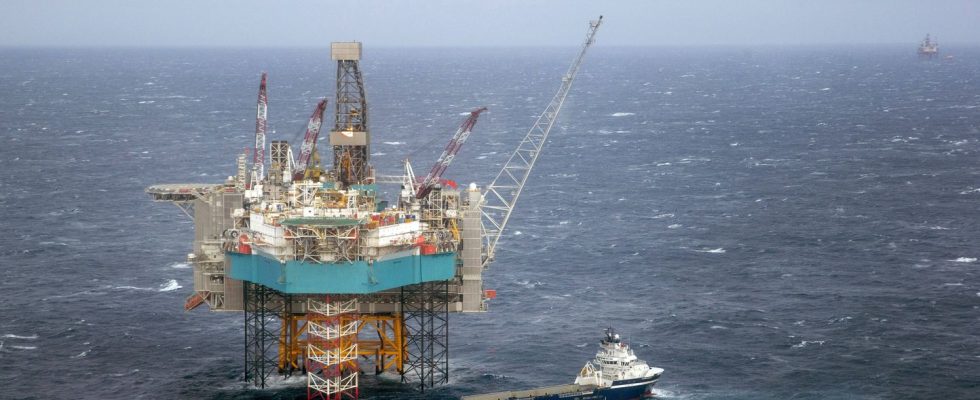Like us, CO2 travels across borders. This Thursday, Norway, Sweden, Denmark, the Netherlands and Sweden concluded protocols for its transport. But for what purpose do these northern European countries conclude these agreements? How does this carbon capture and storage work? 20 minutes sums it all up for you.
What technology are we talking about?
This is carbon capture and storage (CCS). This technology aims to stop global warming. It consists of capturing carbon dioxide emissions at the outlet of factory chimneys and sequestering, after liquefaction, this carbon in geological reservoirs.
Why does CO2 travel?
Cooperation is gradually being established in Europe to facilitate this technology, supported in particular by the Intergovernmental Panel on Climate Change (IPCC) and the International Energy Agency (IEA). In this context, Denmark, the Netherlands, Belgium and Sweden each concluded memorandums of understanding for the cross-border transport of CO2 with Norway this Thursday. Norway is considered a potential carbon graveyard thanks to its ancient offshore hydrocarbon deposits. Denmark and Sweden have done the same among themselves.
“This removes some of the obstacles on the path to an efficient carbon capture and storage market in the wider North Sea region,” the Norwegian Ministry of Energy said in a statement. In Norway, the “Northern Lights” project led by the oil giants Equinor, Shell and TotalEnergies, should receive CO2 from industrial or energy installations from 2025 to store it indefinitely under the depths of the North Sea.
Why is it important?
These commercial exchanges help companies that emit a lot of CO2 to meet their climate obligations, but the cost of implementing the CCS still remains dissuasive compared to the purchase, for example, of emission quotas.
By the end of 2023, 40 commercial companies worldwide were practicing CCS, capturing a total of 45 million tonnes (Mt) of CO2, according to the IEA. Or around 0.1% of annual global emissions. To achieve the goal of net zero emissions by 2050, the CCS would need to prevent 1.3 billion tonnes of CO2 emissions per year by 2030, 30 times more than currently, the agency estimates.

